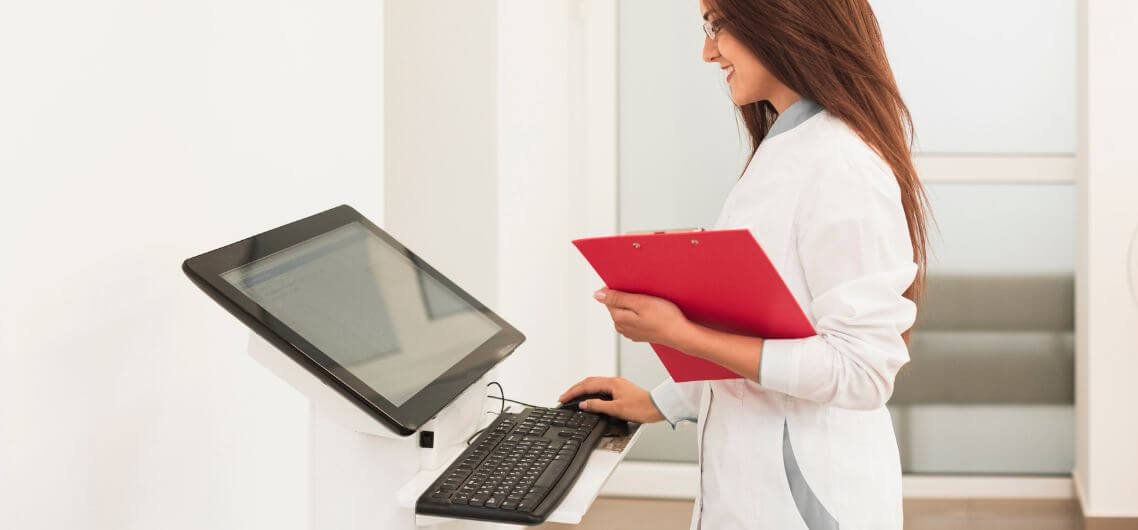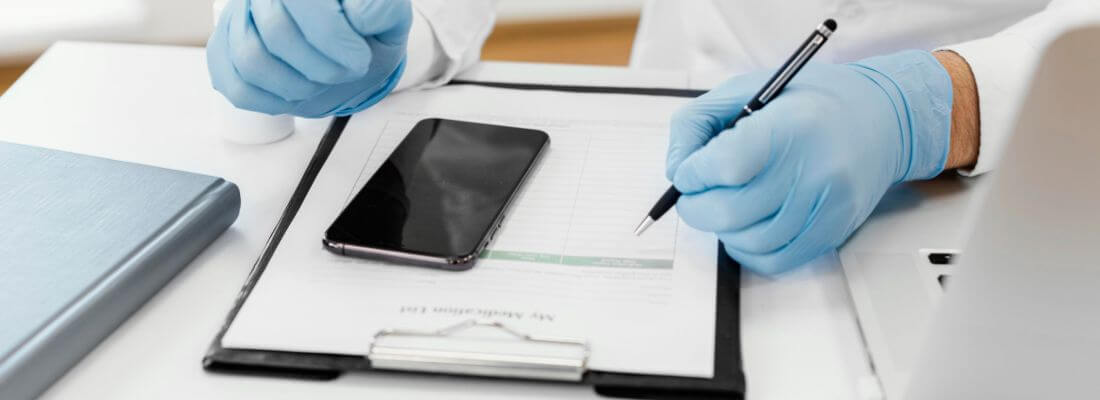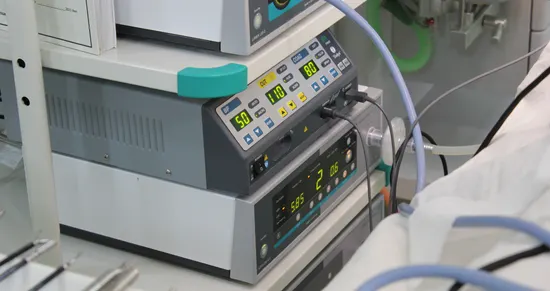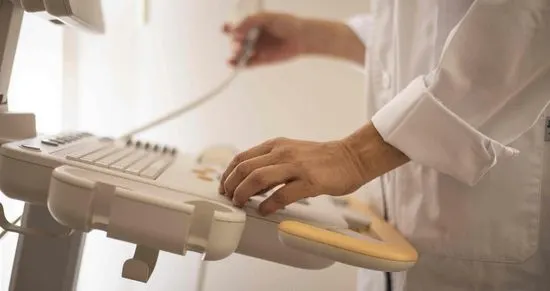Well-documented technical files are essential for medical device submissions to gain regulatory approval and enter the market. To ensure product safety and efficacy, these files need to be thorough, accurate, and compliant with certain regulatory criteria. Clear documentation demonstrates that the device satisfies all standards, accelerates the evaluation process, and minimises back and forth with regulatory bodies. A well-written technical file documentation can boost product trust and speed up approval processes. These are some essential pointers to assist you in producing effective technical documents that are prepared for medical device submission.
What is a Technical File for a Medical Device?
In accordance with the Medical Device Regulation (MDR) of the European Union, a medical device technical file is an essential document that ensures regulatory compliance by including all technical information pertaining to a medical device. It is necessary to show that the device satisfies safety and performance standards set by the U.S. Food and Drug Administration (FDA) and the European Union (EU), among other regulatory bodies. It provides a comprehensive overview of all the data required to assess the medical device’s quality, safety, and effectiveness and make sure it functions as intended.
The European Union regulates the safety, functionality, and quality of In Vitro Diagnostic (IVD) medical devices through the In Vitro Diagnostic Regulation (IVDR), formerly known as Regulation (EU) 2017/746. Under the EU’s In Vitro Diagnostic Regulation, IVDR technical documentation is necessary, and the IVDR technical file contains detailed documentation covering aspects such as design, safety, performance, and risk management of the In Vitro diagnostic device.
Key Components of a Technical File
An MDR technical file contains crucial records certifying its quality, safety, and compliance with regulations. According to the EU MDR and IVDR, you need to provide the regulator with “technical documentation” to be allowed to use the CE mark on your product. Every component demonstrates that the device satisfies all relevant criteria, guaranteeing a thorough examination by regulatory bodies. The following is the Medical Device Regulation Technical File Checklist.
Device Description and Specification
The device description and specification details the medical device’s purpose, design, and performance criteria, supported by engineering drawings. It includes manufacturing processes, quality controls, a unique device identifier (UDI) for traceability, and performance data to ensure regulatory compliance. This systematic approach guarantees that regulatory bodies have easy access to all the information they need to evaluate the efficacy and safety of medical devices before their release in the market.
Labelling and Instructions for Use
This section must contain accurate and compliant documentation that offers crucial details for the device’s safe and efficient operation. In order to ensure that all information complies with regulatory requirements as specified in the EU Medical Device Regulation (MDR) 2017/745, the MDR technical file should include the device’s labelling, packing information, and thorough usage instructions. This information must be correct and accessible in the local language of the market in which the medical device will eventually be marketed.
Design and Manufacturing Information
To guarantee adherence to safety and quality requirements, the design and manufacturing information section of a medical device’s technical documentation must contain thorough information regarding the design processes, materials utilised, and manufacturing procedures. To show that the product is consistently manufactured in compliance with legal standards, this part should include engineering drawings, specifications, quality control procedures, and descriptions of manufacturing processes.
Risk Management Information
A medical device technical file must have thorough documentation outlining the systematic process of detecting, evaluating, and reducing risks related to the device under the Risk Management Information section. The ISO 14971 standard should be followed in the MDR technical file, which should include information on risk analysis, evaluation, and control mechanisms to guarantee that any residual risks are manageable and acceptable over the course of the product lifespan.
General Safety and Performance Requirements (GSPR)
To prove conformity with the EU Medical Device Regulation (MDR) 2017/745, a medical device technical file must include the General Safety and Performance Requirements (GSPR). This section must describe how the device satisfies the 23 particular standards listed in Annex I of the MDR, including information supplied with the device, performance, and safety.
To make sure that the device is safe and effective for its intended use in the market, compliance with these conditions is essential for acquiring the CE certification. A CE-marking technical file, which includes all required safety, testing, and performance paperwork, is crucial for proving a device complies with EU rules.
Verification and Validation Information
The Verification and Validation Information part of a medical device technical file must provide detailed technical documentation of all testing and assessment operations that ensure the device’s compliance with the stated specifications and usage. This comprises the outcomes of verification activities such as design reviews, performance testing, and validation activities such as clinical trials that verify the device’s usefulness in real-world circumstances.
Suggested Read: Verification vs. Validation Medical Device Design Information
Post-Market Surveillance (PMS) Information
Medical device technical files include a section called Post-Market Surveillance (PMS) Information that describes the manufacturer’s strategies for maintaining the device’s performance and safety after it has been introduced in the market.
When is a Technical File Required?
According to the MDR (Medical Device Regulation) 2017/745, all medical devices sold in the EU must have a technical file that certifies adherence to safety and performance requirements. In particular, Class I, IIa, and IIb devices require it, but Class III devices need a more thorough design dossier.
Technical File vs. Design Dossier
| Technical file | Design Dossier |
| A technical file is necessary for medical equipment classified as Class I, Class IIa, and Class IIb. | A designer dossier is essential for Class III medical equipment, in particular. |
| It contains necessary records such as device descriptions, risk management strategies, labelling, and usage instructions. | Design history, verification and validation reports, and comprehensive risk management activities across the product lifetime are all included in this comprehensive record of the whole design and development process. |
Review and Approval Process
An MDR technical file has to go through a number of crucial steps in the review and approval process to satisfy legal requirements and appropriately represent the medical device’s efficacy and safety. Below are the steps in the review and approval process.
- Submission and initial review
- Detailed evaluation
- Final decision and approval
Managing Your Technical File
The task of managing your technical file entails keeping an extensive and well-structured collection of records that prove adherence to medical device regulations. Maintaining the technical file as a live document throughout the product lifetime requires frequent updates to reflect modifications in design, manufacturing procedures, or regulatory standards. Additionally, using electronic document management solutions may improve accessibility, expedite the process, and make it simpler for regulatory organisations to audit and inspect documentation.
What Is the Medical Device Technical File Format?
- The Medical Device Technical File is a comprehensive set of documents required to demonstrate a device’s compliance with regulatory standards.
- It is essential for CE marking in the EU under the Medical Device Regulation (MDR 2017/745).
- There is no universal format, but it generally follows the structure outlined in MDR Annex II and III.
- The file typically includes:
- Device description and specifications
- Design and manufacturing information
- General Safety and Performance Requirements (GSPR) checklist
- Risk management documentation (ISO 14971)
- Product verification and validation data (e.g., biocompatibility, sterilization, software testing)
- Clinical evaluation report (CER)
- Labeling and Instructions for Use (IFU)
- Post-Market Surveillance (PMS) and PMCF plans
- It is usually submitted electronically (PDF or folder structure).
- The technical file must be kept up to date and ready for inspection by Notified Bodies or authorities.
Best Practices for Writing Medical Device Documentation
Writing effective medical device documentation is essential for regulatory compliance and product safety. Begin by aligning all documents with relevant regulations such as EU MDR, FDA guidelines, ISO 13485, and applicable standards like ISO 14971. Use clear, concise, and unambiguous language, avoiding jargon where possible. Consistency in terminology, format, and units across documents is critical. Ensure traceability by linking related documents, such as design inputs, risk assessments, and clinical data. Organize content logically using headings, numbering, and structured file systems. Validate all claims with supporting evidence like test results or clinical evaluations. Implement a version control system to track revisions and maintain an audit trail. Focus on user-centered design, especially for Instructions for Use (IFU). Utilize standardized templates and checklists to ensure completeness and consistency. Finally, review and approve documentation through internal quality processes to ensure accuracy and readiness for regulatory submission or inspection.
Conclusion
In order to guarantee that the device conforms to regulatory standards throughout its lifespan, documentation is necessary for both pre-market submission and post-market maintenance.
Manufacturers must maintain these records as accurate and readily available for regulatory bodies or notified organisations to peruse upon request.
To sum up, a medical device technical file is a crucial document that contains all the information required to guarantee product safety and regulatory compliance. To comply with regulatory requirements, a well-structured document helps ease the approval process before entering any new markets.
References







